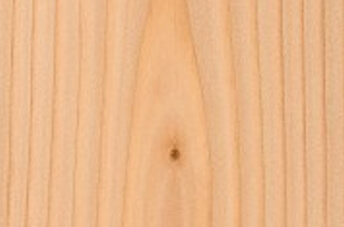

SOFTWOOD
We have a wide selection of softwood, including aromatic cedar, red cedar, Douglas fir, and white pine. Our products are available in various dimensions and profiles and are air and kiln-dried. We work by the wood lot, trailer loads, and accept mixed lift orders. Our staff finds the lumber that best meets your requirements, delivering products on time.
Available products
Find the detailed info in each product
Get the full
product brochure
Share your email to download
- OUR LOCATIONS
- CONTACT US
- SIGN UP
Stay informed about the latest offers, products and sales
- FIND US
- CONTACT US
- SIGN UP



